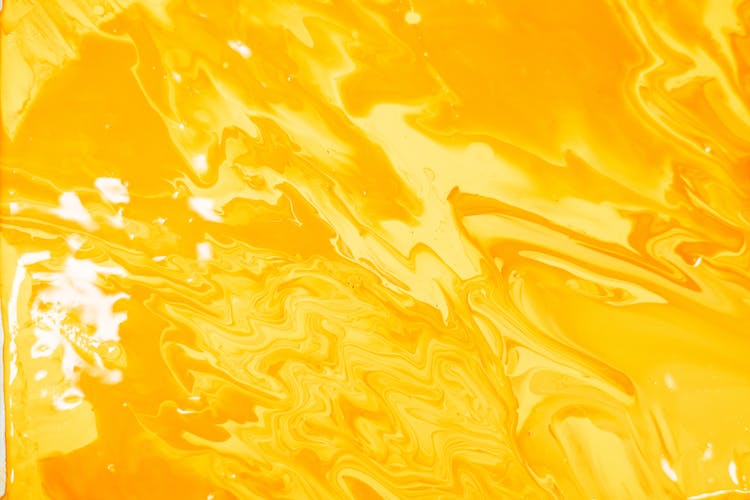When it comes to laser cutting operations, safety must be the top priority. It is essential that operators receive comprehensive training and are familiar with the established safety protocols. This article provides essential safety tips to ensure laser cutting operators stay safe, minimize the risk of injury, and follow industry standards for safe laser operation.
Safe Handling of Laser Cutting Materials
Appropriate storage
When it comes to laser cutting, it’s not just about the machine itself – proper storage of materials and parts is an essential part of the process and something that operators need to be aware of in order to ensure safe operation of the laser cutter. Though laser cutters are powerful tools, proper storage of materials and parts can help prevent potentially dangerous incidents. The first step to ensure safe storage is to inspect your laser cutter for any damage to its surfaces that may cause parts to fall during operation.
Additionally, you should inspect the interior of the machine’s frame for any material built up in the corners or on flat surfaces.
Loading and unloading techniques
When it comes to safely operating a laser cutter, one of the most important steps is to be aware of and adhere to the correct techniques when loading and unloading materials. Proper loading and unloading is essential to preventing accidents, malfunctions, and other hazards. When loading materials onto the laser cutter, be sure that they are properly supported and flat on the machine’s table.
This will help ensure that the material remains securely in place and won’t shift during the cutting process. It’s also important to double-check the alignment of the material to the laser cutter bed and make sure there is sufficient space between the material and machine bed to allow for smooth operation.
Appropriate handling techniques
Keyword: Laser Cutting Materials When it comes to laser cutters, it is essential to use appropriate handling techniques to ensure safety for operators and those around them. It is important to point out that the laser beam emitted from the cutter is potentially hazardous and great care must be taken when working with it. Also, the materials used to create the finished product need to be handled properly as well.
For starters, personal protective equipment (PPE) is a must when operating a laser cutter.

Process Safety
Laser beam power
Laser beam power is one of the most important aspects of laser cutters in terms of safety and process safety. The power of the laser beam is determined by the strength of the laser electricity and measured in watts. The higher the wattage, the more power the laser beam can generate and the thicker the material that can be cut.
Laser cutting operators should be aware of the wattage and power settings on the laser cutter and only operate the devices at the minimum wattage necessary to facilitate the desired task. Incompatible materials, such as those containing water, plastic, and metal can interact with the laser beam in ways that create fire, explosions, or other catastrophic incidents.
Safety features
When it comes to operating laser cutters, safety is of utmost importance. To ensure a safe work environment and to reduce the risk of injury, operators should be aware of and use the essential safety features of their laser cutter regularly. One of the most basic safety features of any laser cutter is the emergency stop.
This should be kept in an easy to reach location for easy access in case of an emergency. Additionally, laser cutters are often equipped with an interlock safety switch, which is designed to disable the machine if it is opened.
Material absorbance
Material absorbance is an important consideration when it comes to laser cutting operators and their process safety. Different materials absorb laser energy differently, and this has to be considered when programming laser cutting machines so that the operator is kept safe and the materials are not damaged by the excess energy.

Hazardous Gases and Fumes
Types of gases generated
Laser cutters utilize highly concentrated beams of light in order to cut and engrave various materials. While this can allow operators to create intricate and precise parts, the process can be dangerous due to the hazardous fumes and gases that may be generated. It is important for laser operators to understand the different types of gases that could be created during the process in order to take the proper safety precautions.
Necessary precautions
As with any manufacturing operation utilizing hazardous materials, there are certain precautions that must be taken when laser cutting production. Laser cutting operations generate hazardous gases and fumes, and therefore it is essential that laser cutting operators follow all applicable safety guidelines to protect themselves and those in the workplace. Proper ventilation systems must be set up so that any airborne contaminants are quickly eliminated.
- Use proper personal safety gear such as googles, protective face shields, and fire-proof overalls when operating laser cutting machines.
- Make sure to check your laser machine’s ventilation system regularly to ensure there is sufficient air flow and that the hazardous gases and fumes are vented properly.
- Monitor the concentration of hazardous gases and fumes in the workroom while running the laser machine to prevent exceeding the safe limit.
- Install adequate exhaust systems to remove hazardous gases and fumes generated by the laser cutting process.
- Keep a fire extinguisher handy to put out any flames that might occur due to sparks. Clean up any materials that might catch fire quickly and thoroughly to reduce the fire risk.

Post Operation Safety
Cleaning of the equipment
When it comes to operating a laser cutter, cleaning your equipment is of utmost importance to ensure a smooth and safe operation. After you’ve finished cutting, it is important to clean the laser cutter to prevent any dirt, debris or flammable materials from building up and causing a potential fire hazard. Doing so also helps to extend the life of the machine and reduce the risk of sparking.
To clean the laser cutter, begin by removing any loose debris from the cutting area.
Disposal of Gases and Fumes
When it comes to working with laser cutters, effective disposal of gases and fumes is an essential safety practice for operators and post operation safety. Gases and fumes created during laser cutting operations can be hazardous and must be properly disposed of to maintain a safe working environment. When using laser cutters, it is important to be aware of the type of gas or fumes that is being used during each operation.
These may include, but are not limited to, fumes from oxygen, nitrogen, sulfur, and any other related gasses.

Conclusion
Summary of essential safety tips
In conclusion, it is vital to ensure the safety of anyone operating a laser cutter. This is especially true when it comes to those employees whose work involves a higher risk of injury. The essential safety tips outlined in this article are designed to help ensure that laser cutting operations are safe and efficient.
The key safety tips to remember include: use personal protective equipment (PPE), always keep a safe distance between the machine and the operators’ bodies, avoid contact with moving parts of the laser cutter, and keep the area that the laser cutter occupies clean and orderly. Additionally, in order to ensure the safety of operations, operators should be properly trained in the proper use of the machine and in the safety protocols.
Resources for additional information
The conclusion to this blog post brings us to the final step to ensure that laser cutting operators remain safe while operating these powerful machines: Resources. In the same way you can’t just read a blog post and know how to operate a laser cutter, you can’t just read a few safety tips and expect to be a safe operator. To supplement the advice provided here, you should do further research into laser cutters and the specific safety information pertaining to the type of laser cutter you have.


